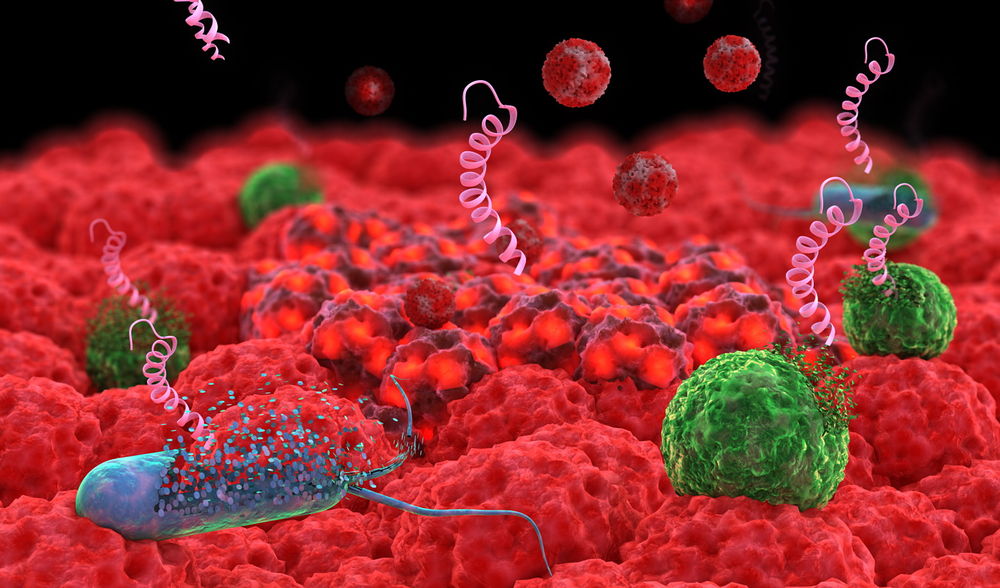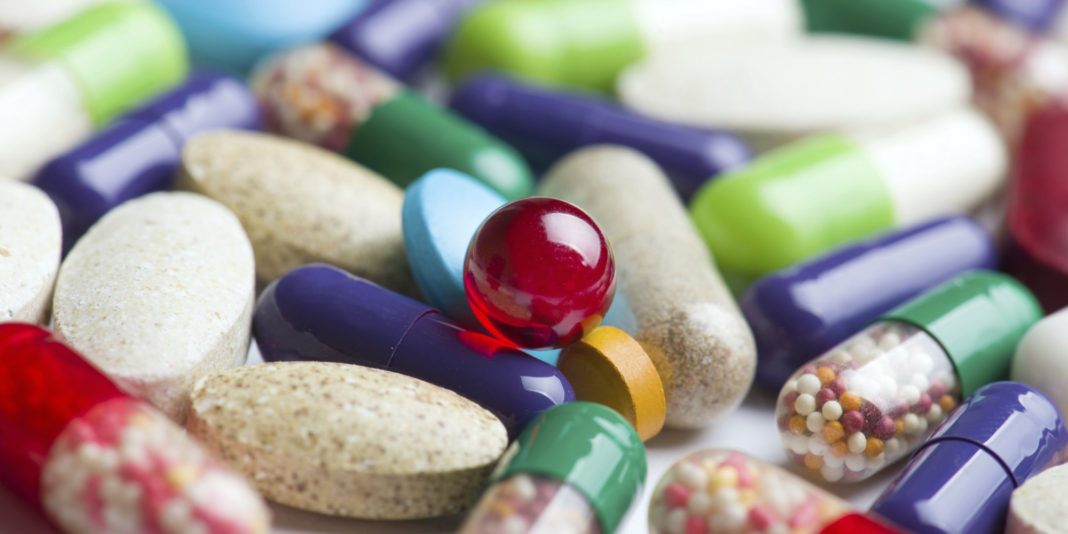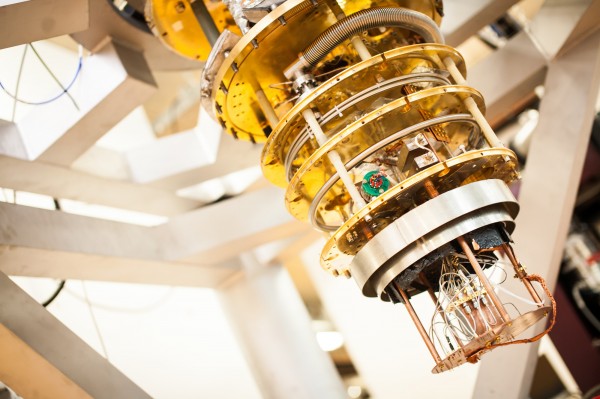- 30shares
- Follow
When you use something so much, your body becomes accustomed to it, and it no longer has the same effect that it once did. This is exactly what’s happening with antibiotics. Our bodies are becoming immune to their effects and building an antibiotic resistance. Statistics show that at least 2 million people are infected every year by antibiotic-resistant bacteria just in the US alone; out of the 2 million around 23,000 people die because of it. Some researchers have even estimated that if no action is taken by 2050 as many as 10 million people will die each year from superbugs, costing the nation around $100 trillion trying to treat.
Francois Franceschi is a program officer for therapeutic development in the Bacteriology and Mycology Branch of the National Institute of Allergy and Infectious Diseases and commented, “A lot of things that we take for granted right now, like say a C-section or a hip replacement or organ transplant….without having antibiotics, these sort of thing will become tough.” A bioengineer at MIT, Cesar de la Fuente, says, “People are talking about the potential for a post-antibiotic era where the antibiotics that we have available these days don’t work against simple infections like a small wound or cut.” So, how do we get around this?
Antibiotics could be made more effective through the use of alternative therapies. Currently, scientists are looking at how they can use nanoparticles to deliver concentrated levels of both antibiotics and cancer drugs. Liangfang Zhang, a nanoengineer at the University of California, says, “They can easily stick to the membrane and constantly release the drug right onto the bacteria. This can overwhelm the bacteria’s resistance mechanisms because they haven’t developed resistance mechanisms against this drug storm.”

To neutralize bacteria, you don’t necessarily have to kill it. In fact, by not killing the bacteria there is less chance of it evolving resistance to the drug. Some bacteria will often secrete a kind of pore-forming toxin that causes holes to appear in cells. These are produced by the venom of snakes and scorpions, Listeria, MRSA, and Escherichia coli. However, Zhang has found a way to make these toxins weaker and ineffective by using nanoparticles coated with membranes from red blood cells. The red blood cells attract the harmful toxins and lead them away from the healthy cells. Nanoparticle treatment would, of course, be more expensive than a course of antibiotics and making sure they land in the right spot within the body can be tricky too.
But, killing the bad bacteria works too, and in a recent project scientists discovered a non-toxic AMP (antimicrobial peptide) in marine animals and added some amino acids to it. This allowed the team to treat than mice that were suffering from E.coli and MRSA by improving the rodent’s immune systems. AMP’s are great because they’re made from amino acids and can rid a whole range of pathogens while bacteria still have trouble developing resistance to them. But, there are slight worries that the AMD could turn on their host cells and if so would prove rather challenging.
More News To Read
- Ban on Artificial Intelligence Weapons Could Soon be Here Before They Aim at Us
- How to Protect Your Digital Privacy
- Automotive Innovations That Changed Cars as We Know Them
- Upcoming Predictions of Scientist to Watch Out For on 2017
- 10 of the Best Psychology and Brain Science Studies of 2016
- 30shares
- Follow











